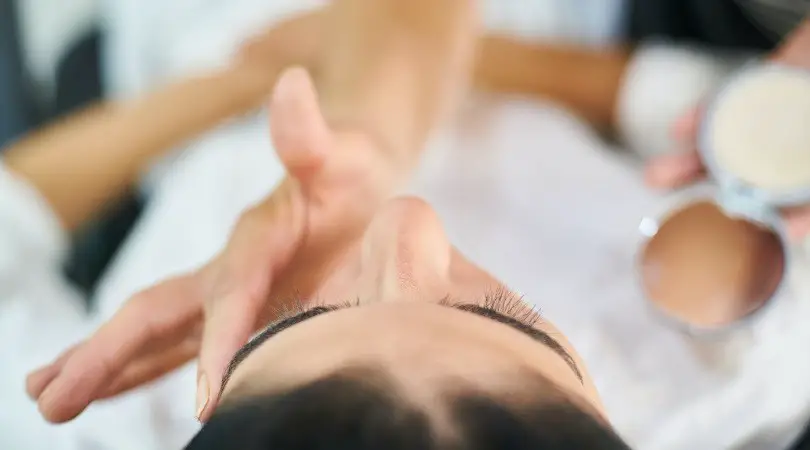Last Updated on January 6, 2025
Medical aesthetics have seen a shift in perception among consumers, contributing to the burgeoning popularity of “tweakments,” or minimally invasive, subtle alterations designed to enhance natural beauty rather than transform. As we journey towards a society that embraces self-enhancement, the stigma previously associated with cosmetic procedures seems to be dissolving. An undeniable impact of social media combined with rapid technological advancements has led to a dramatic increase in these procedures. In fact, cosmetic procedures in the US saw a surge of nearly a quarter-million from 2017 to 2018, with consumer expenditure crossing the $16.5 billion mark.
This soaring trend in consumer spending on non-surgical cosmetic procedures like Lip injections Contour Brisbane foretells a flourishing future for the aesthetic medicine market. It is witnessing an upsurge of practitioners incorporating treatments like Botox injections and chemical peels into their practices, blurring the lines between primary healthcare providers and cosmetic specialists. The growing desire to combat the effects of aging is the driving force behind the rise in popularity of these treatments, often facilitated by needle-based applications rather than invasive surgical procedures.
Medical aesthetics is a field concerned with enhancing physical appearances and, more crucially, patient satisfaction. This domain primarily deals with minimally invasive or non-invasive procedures spanning a multitude of categories: skin rejuvenation and injectables, body contouring, hair removal, breast aesthetics, and tattoo removal among others.
The Emergence of Tweakments as Preferred Cosmetic Procedures
Historically, cosmetic procedures were synonymous with invasive and complex surgeries. However, thanks to the strides made in medical science, non-invasive procedures have started to gain significant traction. This shift in preference has led to the emergence of “tweakments,” minor, non-invasive procedures that yield natural-looking results with minimal downtime.
Tweakments are gradually becoming a preferred choice over traditional surgeries due to their low commitment and temporary nature. The consumer’s perception of the medical aesthetics industry has also undergone a transformation. The erstwhile norm of the “frozen face” look has given way to more subtle, natural results at more affordable prices. For instance, those seeking to eliminate unwanted cellulite, who once would have leaned towards surgical procedures like laser-assisted liposuction, are now veering towards less invasive body contouring alternatives. The more popular options being ultrasound, cryolipolysis, and RF (radio frequency) treatments, which promise to offer the desired results without requiring much downtime.
According to a 2019 survey by the American Academy of Facial Plastic and Reconstructive Surgery (AAFPRS), millennials have demonstrated an inclination towards skin resurfacing cosmetic procedures like chemical peels and lasers, with a 39 percent rise in such treatments between 2018 and 2019. Even in vibrant Queensland, the trend of opting for more subtle treatments like lip fillersis catching on, driven by the desire for subtlety and natural enhancement.
One of the burgeoning trends in the industry is collagen banking, made popular by treatments such as Ultherapy. It’s been noted that over 70 percent of Ultherapy patients are aged between 29-45 years, indicating the rising awareness among younger demographics regarding the benefits of investing in collagen banks for improved long-term skincare. This non-invasive cosmetic procedure allows the skin to tighten and lift naturally, catering to patients desiring a more natural-looking brow lift or a defined jawline.
Technological Developments in Medical Aesthetic Devices
The power of technology has permeated all sectors, including medical aesthetics. The advent of technologically advanced medical aesthetic devices has revolutionized the modern era’s cosmetic procedures, making them more streamlined and effective.
A case in point is the medical aesthetics device brand Pureskin, which recently launched a new combination technology, RESHAPE. This four-in-one device includes a vacuum, radiofrequency, LED, and soft laser delivered through a single applicator, making treatments more efficient. The introduction of such multifaceted tools paves the way for a myriad of options, including laser hair-removal solutions like EpiLase, the LED solution Quantum with seven varying modes for face and body, and Q-switched laser-based devices designed for more powerful laser radiations in shorter emission times.
In conclusion, the rise of non-surgical cosmetic treatments can be attributed to an evolving perception of aesthetics among consumers, rapid technological advancements, and a focus on natural-looking results. The future of aesthetic medicine is set to see further integration of these trends, presenting exciting prospects in the field of non-invasive beauty treatments. The focus is shifting from transformation to enhancement, from the dramatic to the subtle, and this trend is likely to shape the future of the industry in the years to come.








